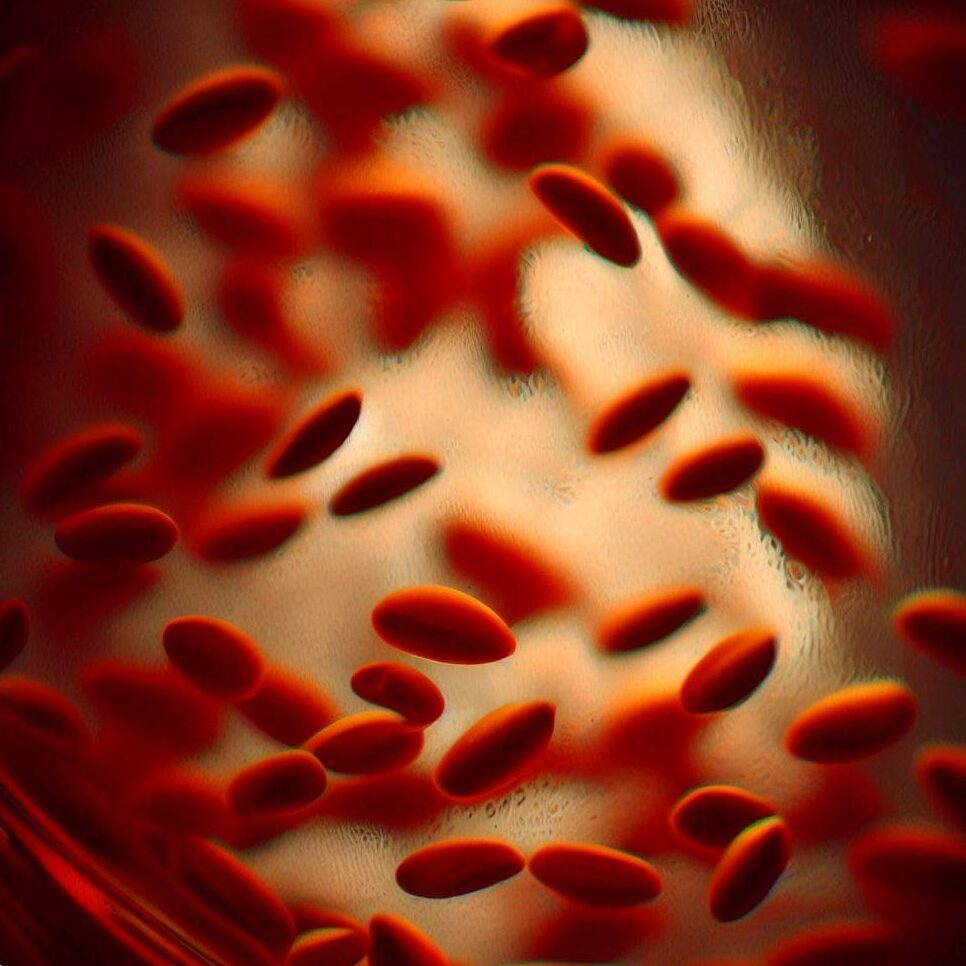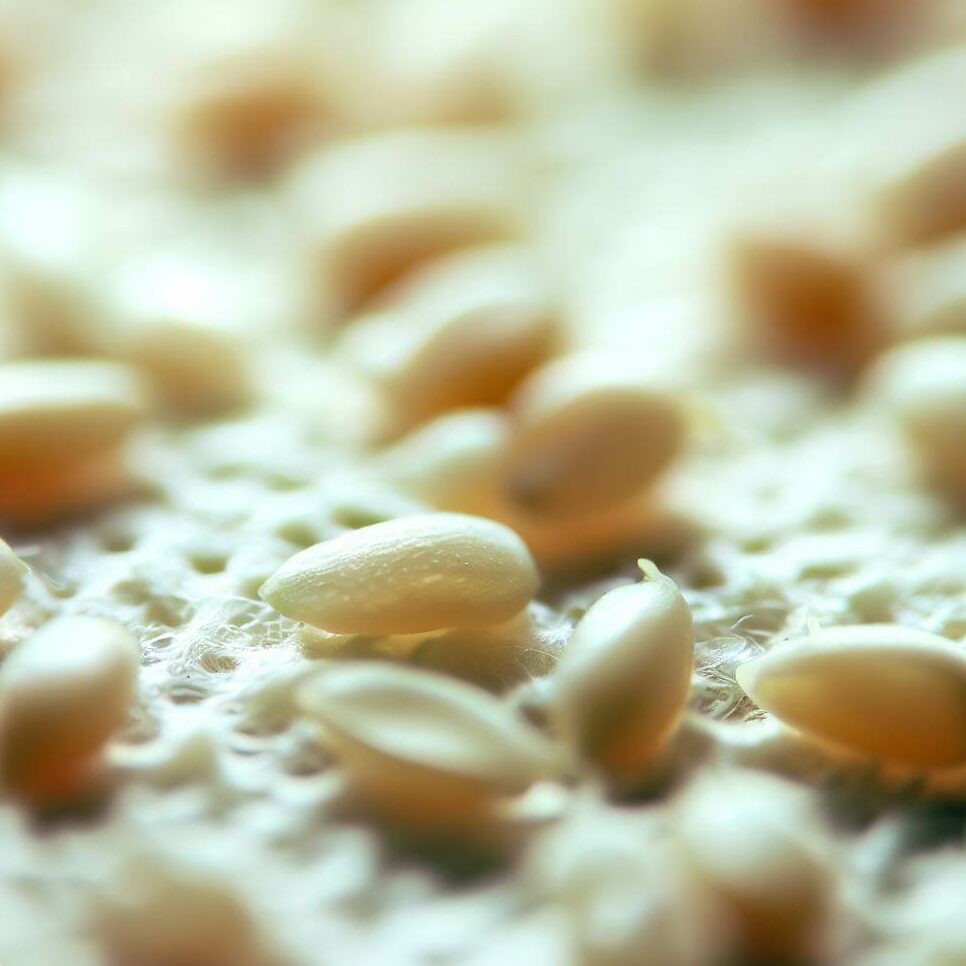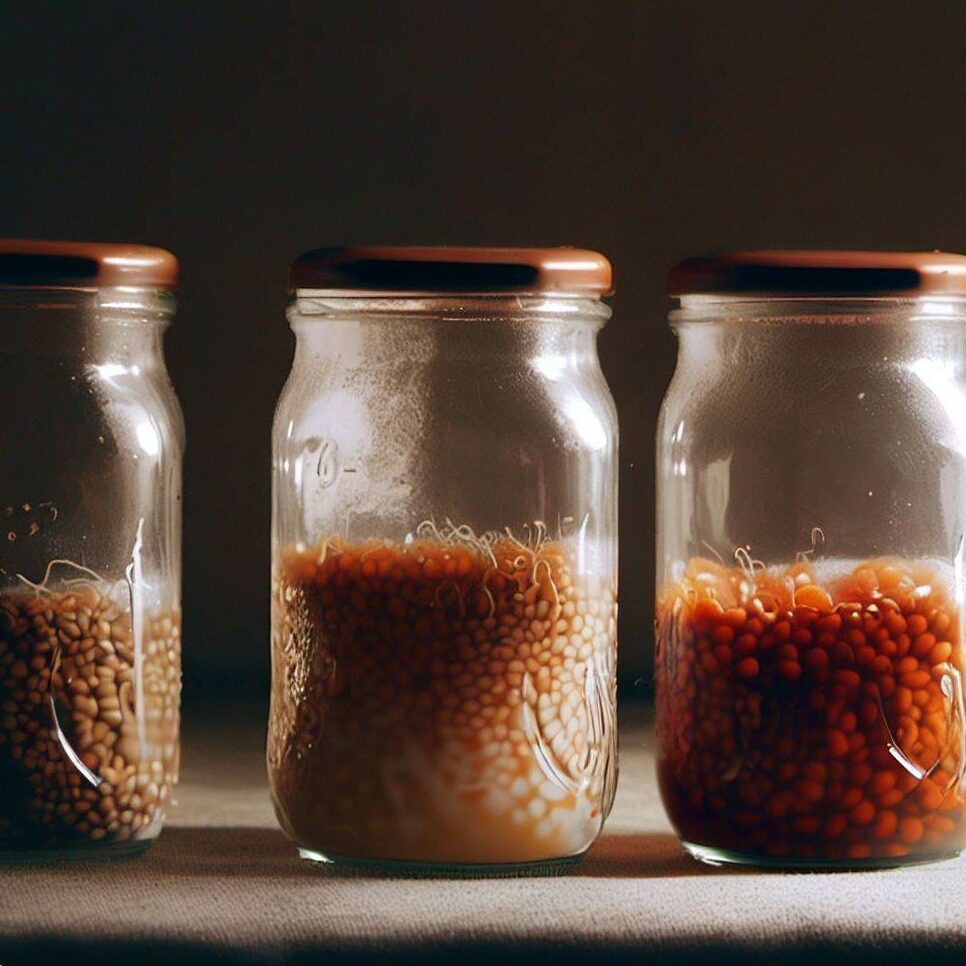The simple act of saving tomato seeds is more than just a gardening chore; it’s a nod to the future, a promise of bountiful harvests, and a testament to sustainability. Every gardener, whether a seasoned pro or a green-thumbed newbie, understands the magic that lies within those tiny seeds. They’re not just potential plants; they’re the carriers of legacy, tradition, and the very essence of the tomato varieties we cherish.
Saving tomato seeds for next year involves selecting ripe, non-hybrid tomatoes, extracting the seeds, and undergoing a fermentation process. Once fermented, seeds are dried, preferably on a paper towel, and stored in a cool, dry place. Properly saved seeds ensure a bountiful harvest the following year, preserving the genetics of your favorite tomato varieties.

The Essence of Seed Saving
Why all the fuss about saving seeds, you ask? Well, let’s dig a bit deeper:
- Preservation of Heritage: Every tomato seed carries with it a story, a history, and a unique set of characteristics. By saving them, we ensure that these stories don’t get lost over time.
- Economic Sense: Think of it as nature’s way of offering savings. Instead of purchasing seeds every year, save them, and you’ve got a head start for the next planting season.
- Sustainability: In a world where sustainability is more than just a buzzword, seed saving stands as a practical step towards a more eco-friendly garden.
From Selection to Storage
This article isn’t just about the ‘why’ but also the ‘how’. We’ll journey together from the very moment you pick that perfect tomato off the vine to the time you tuck those seeds away for next year’s garden. Whether you’re curious about the fermentation process or pondering the perfect drying technique, we’ve got you covered.
🍅 Tomato Tip: Always choose the healthiest, most vibrant tomatoes from your garden when saving seeds. It’s nature’s way of ensuring the best for the next generation. 🍅
So, roll up those sleeves and get ready to dive into the world of tomato seeds. By the end, you’ll be equipped with the knowledge to ensure that your garden’s future is as bright and flavorful as ever.
The Importance of Saving Tomato Seeds
When you cradle a tomato in your hand, you’re not just holding a fruit; you’re holding history, potential, and a promise for the future. Those tiny seeds nestled inside are the guardians of flavor, tradition, and garden legacy. But why is saving them so crucial? Let’s unearth the reasons.
Preserving Flavorful Legacies
Every tomato variety has its unique flavor, texture, and story. By saving seeds from your favorite tomatoes:
- Flavor Continuation: You ensure that the distinct taste and texture of your cherished varieties live on.
- Heritage Protection: Many heirloom varieties have been passed down through generations. Saving seeds is like preserving family recipes; it’s about honoring the past and savoring tradition.

Sustainability and Self-Reliance
Seed saving isn’t just a nod to the past; it’s a step towards a sustainable future. Here’s how:
- Reduced Carbon Footprint: By reusing seeds, you cut down on the environmental impact of packaging and transporting new seeds every year.
- Self-Sufficiency: There’s a profound sense of independence in knowing you can grow your food from seeds you’ve saved. It’s gardening empowerment at its finest!
🍅 Tomato Tip: When saving seeds, always label them with the tomato variety and the date. It keeps things organized and ensures you’re planting the flavors you love year after year. 🍅
In essence, saving tomato seeds is an act of love – for the earth, for the future, and for the rich tapestry of flavors that make our gardens so delightfully diverse.
Choosing the Right Tomatoes for Seed Saving
Dive into the world of tomatoes, and you’ll quickly realize it’s a vibrant tapestry of flavors, colors, and histories. But when it comes to seed saving, not all tomatoes are created equal. Let’s slice into the details and pick out the best tomatoes for your seed-saving endeavors.
Heirloom vs. Hybrid: What’s the Difference?
Before you pluck that tomato off the vine, it’s essential to know its lineage:
- Heirloom Tomatoes: These are the old-timers of the tomato world, passed down through generations. They’re open-pollinated, which means they naturally pollinate and produce offspring just like their parents. Perfect for seed saving!
- Hybrid Tomatoes: These are the result of cross-pollinating two different tomato varieties. While they might be disease-resistant or have other desirable traits, hybrid tomato seeds might not produce plants like the parent. It’s a genetic gamble!
The Ideal Tomato Candidate
So, which tomatoes make the cut for seed saving?
- Ripe and Ready: Only perfectly ripe tomatoes have seeds mature enough for saving. Think juicy, vibrant, and bursting with flavor.
- Open-Pollinated: These tomatoes pollinate naturally, without human intervention, ensuring the seeds you save produce similar offspring.
- Non-Hybrid: Stick to heirloom or other non-hybrid varieties to ensure the seeds you save today will give you the same tasty tomatoes next year.
🍅 Tomato Tip: When selecting tomatoes for seed saving, choose the healthiest plants in your garden. This ensures you’re preserving the best genetics for next season. 🍅
Answering the Big Question
So, how can you save tomato seeds to plant next year? It’s all about selecting the right tomatoes (ripe, open-pollinated, non-hybrid), extracting their seeds, and following proper preservation techniques. But don’t worry, we’ll delve deeper into the process in the sections to come!
By choosing the right tomatoes, you’re not just saving seeds; you’re preserving a legacy of flavors, traditions, and garden memories. So, here’s to the tomatoes of yesterday, today, and tomorrow!
The Seed Extraction Process
Alright, green thumbs, let’s get down to the nitty-gritty of tomato seed extraction. If you’ve ever wondered how to transition from a juicy tomato to a handful of viable seeds ready for next season, you’re in the right place. Let’s roll up our sleeves and dive in

Step-by-Step: Extracting Those Precious Seeds
- Choose Your Tomato: Start with a ripe, open-pollinated, non-hybrid tomato. Remember, the riper, the better!
- Slice It Right: Cut your tomato crosswise to expose the seed chambers.
- Scoop ‘Em Out: Using a spoon or your fingers, gently scoop out the seeds and the surrounding gel into a glass jar.
- Add Water: Cover the seeds with a bit of water. This will kickstart the fermentation process.
The Fermentation Fandango
Fermentation might sound like a fancy dance move, but in the world of seed saving, it’s a crucial step. But why?
Why Ferment Tomato Seeds?
Fermentation mimics the natural process that occurs when a tomato falls to the ground, rots, and then releases its seeds. This process does a few magical things:
- It removes the gelatinous sack around each seed, which contains germination inhibitors.
- It helps separate the good seeds from the bad. Viable seeds will sink, while duds and debris float to the top.
- It can reduce seed-borne diseases, giving your future plants a healthier start.
How to Ferment Tomato Seeds
- Let It Sit: Once you’ve added water to your seeds, cover the jar with a cloth and secure it with a rubber band. Place it in a warm spot, but out of direct sunlight.
- Stir Daily: Give your seed mixture a good stir once a day. You’ll notice a frothy layer forming on top – that’s the fermentation at work!
- Separate and Rinse: After 3-5 days, when the seeds have settled to the bottom, pour off the floating debris and water. Rinse the remaining seeds in a fine sieve.
Skipping the Fermentation: Alternative Methods
Not keen on the fermentation process? No worries! Here’s how you can save tomato seeds without fermenting:
- Rinse and Dry: Simply rinse the seeds to remove as much of the gel as possible, then spread them out to dry. It’s a quicker method, but remember, fermentation has its benefits!
🍅 Tomato Tip: Whether you choose to ferment or not, always store your dried seeds in a cool, dark place to ensure their viability for the next planting season. 🍅
And there you have it, folks! From a ripe tomato to a jar of ready-to-plant seeds, you’re now equipped with the know-how to save those tomato seeds like a pro. Happy gardening!
Drying and Storing Tomato Seeds
So, you’ve extracted those precious tomato seeds, and now you’re staring at a gooey mess, wondering, “What’s next?” Well, my gardening aficionado, the next steps are crucial. Proper drying and storage are the unsung heroes of seed saving. Let’s dive into the world of drying those tiny treasures and ensuring they’re snug and secure for the seasons to come.
The Art of Drying Tomato Seeds
Before you even think about storing, those seeds need to be bone dry. Moisture is the arch-nemesis of stored seeds, leading to mold and a loss of viability. So, how do we get them dry and ready?
- Paper Towel Method: One of the most popular methods is drying tomato seeds on a paper towel. Simply spread your seeds out, ensuring they’re not clumped together, and let them air dry. The paper towel will absorb excess moisture, speeding up the drying process.
- Time is of the Essence: Patience, dear gardener! Depending on your climate, it can take anywhere from a week to two for seeds to dry completely. The key is to ensure they’re thoroughly dry before storing. A handy hint? If they can snap in half easily, they’re good to go!

Storing Seeds: The Do’s and Don’ts
Once your seeds are dry, it’s time to tuck them away. But wait! There’s a method to this madness.
- Wash or Not: Should tomato seeds be washed before storing? If you’ve fermented your seeds, they’ve already had a good soak. If not, a quick rinse to remove any remaining gel can be beneficial. Just ensure they’re dried thoroughly afterward.
- Container Choices: Airtight containers are your best bet. Think glass jars with tight-fitting lids or even sealed plastic bags. Remember to label them with the variety and date!
- Location, Location, Location: Store your seeds in a cool, dark place. The back of a cupboard or a drawer works wonders. Some folks even swear by storing seeds in the fridge, but if you go this route, ensure they’re in a sealed container to prevent moisture intrusion.
Longevity and Germination: The Tomato Seed Timeline
Alright, let’s talk time. How long can you expect those seeds to last? Tomato seeds are quite the little troopers. Stored correctly, they can remain viable for up to 10 years, although their germination rate will decrease over time. For the best results, aim to use them within 4-7 years. After that, while they might still sprout, the rate will be significantly lower.
🍅 Tomato Tip: Every year, do a germination test on a sample of your stored seeds. This will give you an idea of their viability and whether it’s time to save some fresh seeds. 🍅
In wrapping up, the journey from a ripe tomato to a stored seed ready for next season is filled with little intricacies. But with patience, care, and a sprinkle of love, you’ll be well on your way to preserving the legacy of your favorite tomato varieties. Here’s to bountiful harvests and the joy of gardening!
Common Misconceptions and FAQs
Seed saving, especially when it comes to tomatoes, is surrounded by a garden of myths and misconceptions. Let’s dig deep and unearth the truth behind some of these commonly asked questions. Knowledge is power, and with the right info, you’ll be a tomato seed-saving superstar in no time!
Storing Tomato Seeds: The Cold Truth
- Freezer or Fridge? “Should I store tomato seeds in the freezer?” It’s a common question. While freezing can preserve seeds for longer, it’s not always the best choice for tomato seeds. They can be stored in the refrigerator, but ensure they’re in a sealed container to prevent moisture. Remember, moisture is a seed’s worst enemy!
- Refrigerator Rundown: “Should tomato seeds be stored in the refrigerator?” Yes, but with caution. A cool, dark place is ideal. If you opt for the fridge, ensure they’re dry and sealed to avoid moisture.
Drying Dilemmas
- Oven or Air? “Can I dry tomato seeds in the oven?” While it might seem like a quick fix, drying seeds in the oven can damage their viability. Air drying is the way to go. Patience is a virtue, after all!
- To Dry or Not to Dry: “Do you need to dry tomato seeds before planting?” and “Do you have to dry tomato seeds?” Absolutely! Drying is essential to prevent mold and ensure the seeds remain viable.

Seed Prep and Care
- Pre-Storage Treatment: “How do you treat seeds before storage?” Before tucking your seeds away, ensure they’re clean and free from any tomato pulp. A quick rinse and thorough drying should do the trick.
- Split Tomatoes: “Can you save seeds from split tomatoes?” While it’s possible, be cautious. Split tomatoes can be a sign of over-ripeness or potential disease. Always choose the healthiest tomatoes for seed saving.
- Activating and Breaking Dormancy: “How do you activate tomato seeds?” and “How do you break dormancy in tomato seeds?” Soaking seeds before planting can help activate them. To break dormancy, a period of cold stratification might be needed, but this is more common for perennial seeds than tomatoes.
- Soaking Seeds: “Why soak tomato seeds before planting?” Soaking can help speed up germination by softening the seed coat, allowing the embryo inside to access water and oxygen more easily.
Long-Term Storage and Use
- Shelf Life: “How long can you keep tomato seeds in storage?” Tomato seeds can last up to 10 years if stored correctly, but for best germination rates, use them within 4-7 years.
- Drying Methods: “Drying tomato seeds on paper towel” is a tried and true method. Spread them out, let them air dry, and you’re golden!
🍅 Tomato Tip: Always choose the healthiest, most robust tomatoes for seed saving. It ensures the best genetics are passed on to the next generation of plants. 🍅
There you have it, a deep dive into the world of tomato seed saving. With these insights, you’re well-equipped to navigate the nuances of preserving those tiny treasures. Happy gardening!
Pro Tips and Additional Insights
When it comes to saving tomato seeds, there’s always a little more under the surface. Let’s dive into some pro tips and insights that’ll elevate your seed-saving game to the next level!
Drying Seeds: The Paper Towel Technique
Ever heard of the paper towel method? It’s a gardener’s secret weapon! Simply spread your seeds on a paper towel, ensuring they’re spaced out. This method not only speeds up the drying process but also makes it easier to store and plant them later. Just cut out sections of the towel with seeds attached and plant directly in the soil. Easy peasy!
Fermentation: Nature’s Magic Trick
Fermentation is like nature’s magic trick for seeds. Not only does it help in removing the gelatinous sack around tomato seeds, but it also aids in preventing diseases. When you hear “fermenting tomato seeds” or “saving tomato seeds fermenting”, think of it as giving your seeds a spa day. The process helps in improving the germination rate and ensures you get robust seedlings in the next season.

Specific Tomato Types: Heirlooms and Cherries
- Heirloom Tomatoes: Wondering “how to save heirloom tomato seeds”? Heirlooms are special. They’ve been passed down through generations, and saving their seeds ensures the legacy continues. The process is similar to other tomatoes, but remember, heirlooms often have unique characteristics, so label them clearly!
- Cherry Tomatoes: Tiny but mighty, that’s cherry tomatoes for you! When thinking about “how to save cherry tomato seeds”, treat them with the same care as their bigger cousins. Their size might make the process a tad bit fiddly, but the sweet rewards are worth it!
🍅 Tomato Tip: When fermenting seeds, a layer of mold on the surface is a good sign! It means the fermentation is working. Just ensure you rinse the seeds thoroughly afterward. 🍅
With these tips and insights in your gardening toolkit, you’re all set to master the art of tomato seed saving. Remember, every seed saved is a step closer to a bountiful harvest!
Conclusion
So, there we have it, folks! The journey from a ripe tomato in your garden to a tiny seed ready for next year’s planting season is truly a marvel. By saving these seeds, you’re not just preserving a piece of nature; you’re taking a stand for sustainability and self-reliance.
More Than Just Seeds
When you save a tomato seed, you’re doing more than just preparing for next year’s garden. You’re participating in an age-old tradition of conservation, ensuring that future generations can enjoy the same bountiful harvests that we do today. It’s a small act with a big impact!
Looking Forward to Tomorrow’s Harvest
Imagine the satisfaction of biting into a juicy tomato next season, knowing it sprouted from a seed you saved. That’s the magic of gardening! By embracing the practice of seed saving, you’re setting yourself up for a future filled with delicious, home-grown produce.
🍅 Tomato Tip: Keep a gardening journal. Note down the varieties you’ve saved, the methods you’ve tried, and any observations. It’ll be a handy reference for years to come! 🍅
So, dear readers, as you venture into the world of seed saving, remember: each seed carries a promise of tomorrow’s harvest. Nurture it, cherish it, and watch it grow. Here’s to bountiful gardens and the joy of self-sufficiency!
